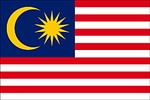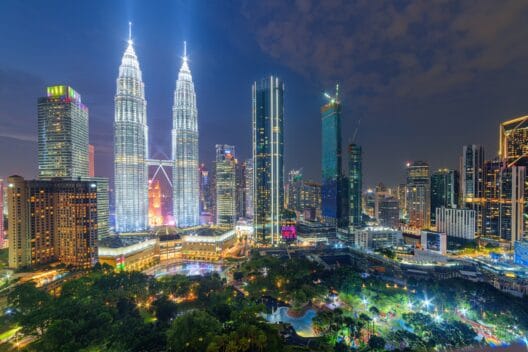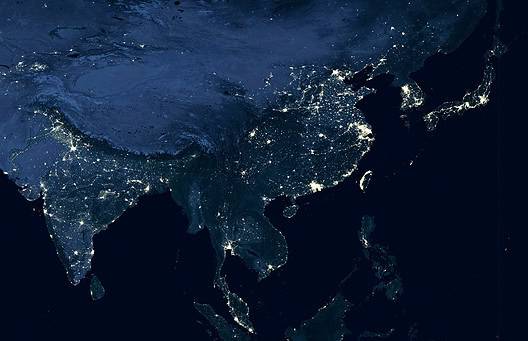Includes historical data for Malaysia’s Gross Domestic Product growth, debt-to-GDP ratio and more, as well as information on trade, banking and financial sector leadership.
A Manufacturing And Service Hub
A British colony until 1957, Malaysia has since transformed its economy from one primarily reliant on agriculture and commodities to a dynamic, multi-sector one. Today, Malaysia is a thriving manufacturing and service hub, and an exporter of electronics, semiconductors, refined petroleum and natural gas. The Malaysian economy is also supported by a well-regulated banking system, a robust research and development (R&D) industry, and policies promoting open markets and private sector initiatives.
As both a result and a cause, foreign direct investment (FDI) has played a significant role in Malaysia’s economic development. Additionally, Malaysia benefits from bilateral investment treaties and membership in ASEAN and the World Trade Organization.
However, challenges remain. Malaysia’s budget relies heavily on the performance of the oil and gas sector, rising labor costs erode price competitiveness, while high dependency on food imports and ethnic and religious disputes pose additional concerns.
Malaysia GDP & Economic Overview
Macroeconomy & Sovereign Data
| Type of Government | Federal parliamentary constitutional monarchy |
|---|---|
| Capital | Kuala Lumpur |
| Sovereign Ratings |
S&P: A– Moody’s: A3 Fitch: BBB+ |
| Total Population | 33.5 million |
| Median Age | 30.8 |
| Adult Per Capita Income (PPP) | 41217.54 |
| Total GDP (2023) | USD 465.5 billion |
Most Recent Content
Malaysia
Banking & Finance
Trade & Investment
| Total Exports | USD 318.9 billion (2022) |
|---|---|
| Leading Exports |
Integrated Circuits Refined Petroleum Palm Oil Rubber Apparel Natural Gas Semiconductors |
| Total Imports | USD 467.5 billion (2022) |
| Leading Imports |
Integrated Circuits Refined Petroleum Crude Petroleum Coal Gold Semiconductors |
Source: IMF, CIA The World Factbook
Malaysia Leading Companies
| CIMB Bank | Financials |
|---|---|
| Public Bank | Financials |
| Maybank | Financials |
| Petronas (Petroliam Nasional) | Energy, Exploration & Production |
| Tenaga Nasional (TNB) | Utilities |
| Sime Darby Plantation | Consumer Staples, Food Production |
| Axiata Group | Telecommunication Services |
| Malaysia Airlines | Transportation, Airlines |
Major Trade Partners — Import
| China | 23.2% |
|---|---|
| Singapore | 9.5% |
| Other Asia | 7.6% |
| United States | 7.6% |
| Japan | 7.5% |
Major Trade Partners — Export
| China | 15.5% |
|---|---|
| Singapore | 14.0% |
| United States | 11.5% |
| Hong Kong | 6.2% |
| Japan | 6.1% |
Global Finance Rankings & Awards
Data Sources:
UN World Population Prospects
World Inequality Report
S&P Global Ratings
Moody’s
Fitch Ratings
IMF Direction of Trade Statistics (DOTS)
UN Conference on Trade and Development (UNCTAD)
CIA The World Factbook
World Bank’s World Integrated Trade Solution
Forbes Global 2000







